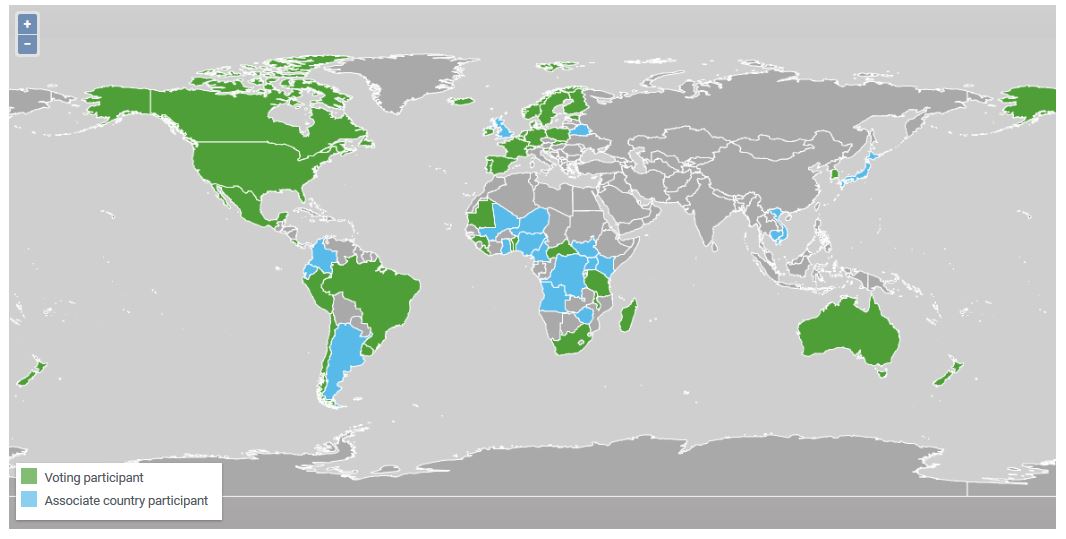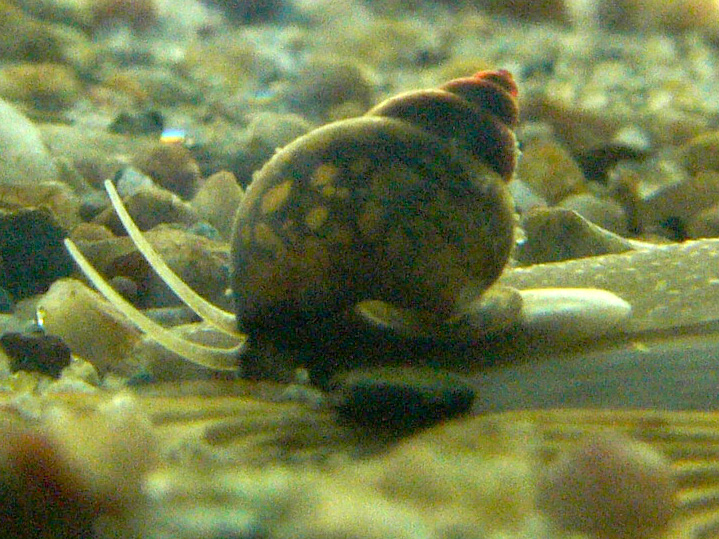|
Pomacea Scalaris
''Pomacea scalaris'' is a species of freshwater snail of the Ampullariidae (common name "apple snail") family, described by Alcide d'Orbigny Alcide Charles Victor Marie Dessalines d'Orbigny (6 September 1802 – 30 June 1857) was a French naturalist who made major contributions in many areas, including zoology (including malacology), palaeontology, geology, archaeology and anthrop ... in 1835. References * Simone, L. R. L. (2006). Land and Freshwater Molluscs of Brazil. Editora Grafíca Bernardi, FAPESP. São Paulo, 390 pp. External links Cowie R.H. & Thiengo S.C. (2003). The apple snails of the Americas (Mollusca: Gastropoda: Ampullariidae: Asolene, Felipponea, Marisa, Pomacea, Pomella): A nomenclatural and type catalog. Malacologia. 45(1): 41-100MNHN, Paris: syntype scalaris Species described in 1835 {{Ampullariidae-stub ... [...More Info...] [...Related Items...] OR: [Wikipedia] [Google] [Baidu] |
Argentina
Argentina (), officially the Argentine Republic ( es, link=no, República Argentina), is a country in the southern half of South America. Argentina covers an area of , making it the second-largest country in South America after Brazil, the fourth-largest country in the Americas, and the eighth-largest country in the world. It shares the bulk of the Southern Cone with Chile to the west, and is also bordered by Bolivia and Paraguay to the north, Brazil to the northeast, Uruguay and the South Atlantic Ocean to the east, and the Drake Passage to the south. Argentina is a federal state subdivided into twenty-three provinces, and one autonomous city, which is the federal capital and largest city of the nation, Buenos Aires. The provinces and the capital have their own constitutions, but exist under a federal system. Argentina claims sovereignty over the Falkland Islands, South Georgia and the South Sandwich Islands, and a part of Antarctica. The earliest recorded human prese ... [...More Info...] [...Related Items...] OR: [Wikipedia] [Google] [Baidu] |
Alcide D'Orbigny
Alcide Charles Victor Marie Dessalines d'Orbigny (6 September 1802 – 30 June 1857) was a French naturalist who made major contributions in many areas, including zoology (including malacology), palaeontology, geology, archaeology and anthropology. D'Orbigny was born in Couëron ( Loire-Atlantique), the son of a ship's physician and amateur naturalist. The family moved to La Rochelle in 1820, where his interest in natural history was developed while studying the marine fauna and especially the microscopic creatures that he named "foraminiferans". In Paris he became a disciple of the geologist Pierre Louis Antoine Cordier (1777–1861) and Georges Cuvier. All his life, he would follow the theory of Cuvier and stay opposed to Lamarckism. South American era D'Orbigny travelled on a mission for the Paris Museum, in South America between 1826 and 1833. He visited Venezuela, Colombia, Ecuador, Peru, Bolivia, Chile, Argentina, Paraguay, and Brazil, and returned to France with an ... [...More Info...] [...Related Items...] OR: [Wikipedia] [Google] [Baidu] |
Global Biodiversity Information Facility
The Global Biodiversity Information Facility (GBIF) is an international organisation that focuses on making scientific data on biodiversity available via the Internet using web services. The data are provided by many institutions from around the world; GBIF's information architecture makes these data accessible and searchable through a single portal. Data available through the GBIF portal are primarily distribution data on plants, animals, fungi, and microbes for the world, and scientific names data. The mission of the GBIF is to facilitate free and open access to biodiversity data worldwide to underpin sustainable development. Priorities, with an emphasis on promoting participation and working through partners, include mobilising biodiversity data, developing protocols and standards to ensure scientific integrity and interoperability, building an informatics architecture to allow the interlinking of diverse data types from disparate sources, promoting capacity building and cat ... [...More Info...] [...Related Items...] OR: [Wikipedia] [Google] [Baidu] |
Freshwater Snail
Freshwater snails are gastropod mollusks which live in fresh water. There are many different families. They are found throughout the world in various habitats, ranging from ephemeral pools to the largest lakes, and from small seeps and springs to major rivers. The great majority of freshwater gastropods have a shell, with very few exceptions. Some groups of snails that live in freshwater respire using gills, whereas other groups need to reach the surface to breathe air. In addition, some are amphibious and have both gills and a lung (e.g. ''Ampullariidae''). Most feed on algae, but many are detritivores and some are filter feeders. According to a 2008 review of the taxonomy, there are about 4,000 species of freshwater gastropods (3,795–3,972). At least 33–38 independent lineages of gastropods have successfully colonized freshwater environments. It is not possible to quantify the exact number of these lineages yet, because they have yet to be clarified within the Cerit ... [...More Info...] [...Related Items...] OR: [Wikipedia] [Google] [Baidu] |
Ampullariidae
Ampullariidae, commonly known as the apple snails, is a family of large freshwater snails, aquatic gastropod mollusks with a gill and an operculum. These snails simultaneously have a gill and a lung as functional respiratory structures, which are separated by a division of the mantle cavity. This adaptation allows these animals to be amphibious. Species in this family are considered gonochoristic, meaning that each individual organism is either male or female. Systematics and taxonomy Ampullariidae belongs to the superfamily Ampullarioidea, and is also its type family. It comprised two subfamilies according to the taxonomy of the Gastropoda by Bouchet & Rocroi, 2005, which followed the classification proposed by Berthold (1991), including Ampullariinae Gray, 1824, and Afropominae Berthold, 1991. The current classification accepted by WoRMS includes Ampullariinae and Pomaceinae Starobogatov, 1983. Genera Ampullariidae are probably of Gondwanan origin, and the divers ... [...More Info...] [...Related Items...] OR: [Wikipedia] [Google] [Baidu] |
Common Name
In biology, a common name of a taxon or organism (also known as a vernacular name, English name, colloquial name, country name, popular name, or farmer's name) is a name that is based on the normal language of everyday life; and is often contrasted with the scientific name for the same organism, which is Latinized. A common name is sometimes frequently used, but that is not always the case. In chemistry, IUPAC defines a common name as one that, although it unambiguously defines a chemical, does not follow the current systematic naming convention, such as acetone, systematically 2-propanone, while a vernacular name describes one used in a lab, trade or industry that does not unambiguously describe a single chemical, such as copper sulfate, which may refer to either copper(I) sulfate or copper(II) sulfate. Sometimes common names are created by authorities on one particular subject, in an attempt to make it possible for members of the general public (including such interested par ... [...More Info...] [...Related Items...] OR: [Wikipedia] [Google] [Baidu] |
Family (biology)
Family ( la, familia, plural ') is one of the eight major hierarchical taxonomic ranks in Linnaean taxonomy. It is classified between order and genus. A family may be divided into subfamilies, which are intermediate ranks between the ranks of family and genus. The official family names are Latin in origin; however, popular names are often used: for example, walnut trees and hickory trees belong to the family Juglandaceae, but that family is commonly referred to as the "walnut family". What belongs to a family—or if a described family should be recognized at all—are proposed and determined by practicing taxonomists. There are no hard rules for describing or recognizing a family, but in plants, they can be characterized on the basis of both vegetative and reproductive features of plant species. Taxonomists often take different positions about descriptions, and there may be no broad consensus across the scientific community for some time. The publishing of new data and opini ... [...More Info...] [...Related Items...] OR: [Wikipedia] [Google] [Baidu] |
World Register Of Marine Species
The World Register of Marine Species (WoRMS) is a taxonomic database that aims to provide an authoritative and comprehensive list of names of marine organisms. Content The content of the registry is edited and maintained by scientific specialists on each group of organism. These taxonomists control the quality of the information, which is gathered from the primary scientific literature as well as from some external regional and taxon-specific databases. WoRMS maintains valid names of all marine organisms, but also provides information on synonyms and invalid names. It is an ongoing task to maintain the registry, since new species are constantly being discovered and described by scientists; in addition, the nomenclature and taxonomy of existing species is often corrected or changed as new research is constantly being published. Subsets of WoRMS content are made available, and can have separate badging and their own home/launch pages, as "subregisters", such as the ''World List of ... [...More Info...] [...Related Items...] OR: [Wikipedia] [Google] [Baidu] |
Pomacea
''Pomacea'' is a genus of freshwater snails with gills and an operculum, aquatic gastropod mollusks in the family Ampullariidae, the apple snails. The genus is native to the Americas; most species in this genus are restricted to South America. in the aquarium trade these snails are sometimes called ''Pomacea'' or incorrectly ''Ampullarius'', and in English as "olormystery snail" or "apple snail". Some species have been introduced outside their native range and are considered invasive because of their voracious appetite for plants. Because of this, imports involving this genus are restricted in some regions (including the United States) and are entirely banned in others (including the EU).Dawes, J. (14 January 2013). International Waters: EU Finally Bans Apple Snail Imports.'' Retrieved 4 June 2014 Species Species in the genus ''Pomacea'' include: subgenus ''Effusa'' Jousseaume, 1889 * ''Pomacea baeri'' (Dautzenberg, 1902) * ''Pomacea glauca'' (Linné, 1758) * ''Pomacea q ... [...More Info...] [...Related Items...] OR: [Wikipedia] [Google] [Baidu] |


